7 Tips to Know Before Buying Bamboo Indoor Plants: A Guide to Success
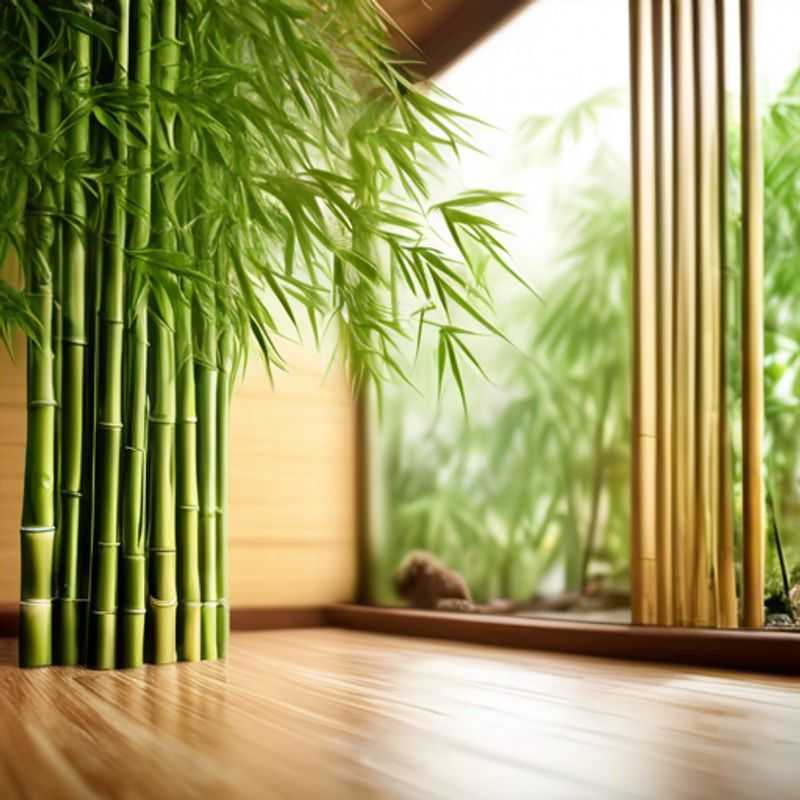
7 Tips for Thriving Indoor Bamboo: From Choosing the Right Plant to Keeping it Healthy
Bringing the serenity of nature indoors with a bamboo plant is a fantastic choice. These resilient plants add a touch of elegance and air-purifying benefits to any space. But before you bring home your new leafy friend, there are a few key things to consider to ensure its long and healthy life. Here are 7 tips to guide you on your bamboo plant journey:
1. Ensure the bamboo plant is suitable for indoor conditions:

Is Bamboo a Good Fit for Your Indoor Jungle?
Bamboo is a popular houseplant due to its attractive appearance and air-purifying properties. However, it's crucial to make sure the bamboo species you choose is suitable for indoor conditions.
Not all bamboo species are suitable for indoor growing. Some varieties thrive in hot, humid environments, while others require cooler temperatures. It's important to research the specific needs of the bamboo you're considering.
Choose a bamboo species known for its tolerance to indoor conditions. Look for varieties that are known to thrive in containers and tolerate lower light levels. Popular choices include Lucky Bamboo (Dracaena sanderiana), which isn't true bamboo, and the clumping bamboo species like Phyllostachys bissetii (Golden Bamboo) or Phyllostachys aureosulcata (Yellow Groove Bamboo).
Consider the size and growth habits of the bamboo. Some species can grow very large, reaching heights of several feet. Ensure you have enough space to accommodate its potential growth. You may also want to choose a dwarf variety if you have limited space.
Pay attention to the plant's light requirements. Most bamboo species require bright, indirect light. Avoid placing them in direct sunlight, which can scorch the leaves.
Inspect the bamboo plant for any signs of pests or diseases. Ensure the plant is healthy before bringing it into your home.
Research the appropriate care for your specific bamboo species. Different bamboo varieties have different watering needs, fertilizer requirements, and temperature preferences. Make sure you understand the specific needs of your chosen bamboo to ensure its healthy growth indoors.

Choosing the Right Pot for Drainage: Preventing Root Rot in Your Plants
Choosing the right pot with proper drainage is crucial for preventing root rot in your plants. Root rot occurs when roots sit in waterlogged soil for too long, leading to decay and ultimately, plant death.
Here's how to choose a pot with proper drainage:
1. Drainage Holes: Ensure your pot has drainage holes at the bottom. These holes allow excess water to escape, preventing the soil from becoming waterlogged.
2. Pot Material: While most materials are suitable, terracotta pots are known for their excellent drainage properties. They allow excess moisture to evaporate quickly, minimizing the risk of root rot.
3. Pot Size: Select a pot that's appropriate for your plant's root system. If the pot is too large, the soil might stay moist for too long, creating a breeding ground for root rot.
4. Saucer or Drainage Tray: A saucer or drainage tray placed under the pot can collect excess water. Ensure that the tray doesn't hold the water for extended periods. Empty it after watering to prevent water from accumulating.
Remember, even with a well-draining pot, you need to water your plants appropriately. Allow the top inch of soil to dry before watering again. Overwatering is a common cause of root rot.
For more detailed information and tips on choosing pots, you can consult gardening guides or websites.
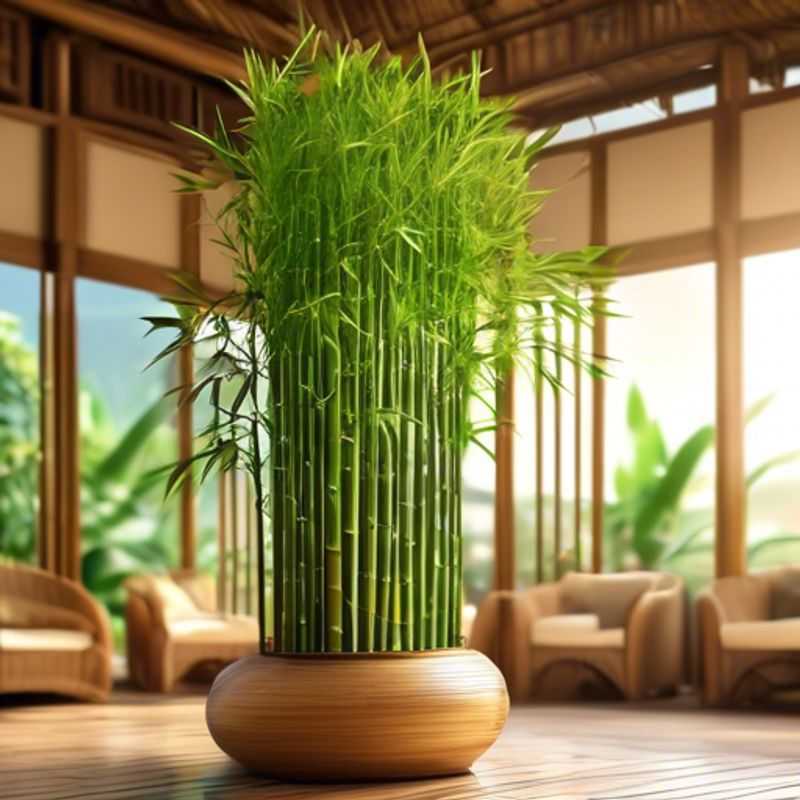
Sunshine Boost: Giving Your Plant the Light It Needs
Sunlight is essential for plant growth, acting as the fuel for photosynthesis. Most plants need at least 6 hours of direct sunlight per day.
However, the amount of sunlight a plant needs varies depending on the species. Some plants thrive in full sun, while others prefer partial shade.
You can determine the appropriate amount of sunlight for your plants by researching their specific needs. Look for information on their care requirements or consult with a local nursery.
To ensure your plants receive adequate sunlight, consider their position. Place them near windows that receive direct sunlight for at least 6 hours a day. You can also use grow lights to supplement natural sunlight, especially during winter months.
By providing your plants with the right amount of sunlight, you'll encourage healthy growth, vibrant colors, and beautiful blooms.
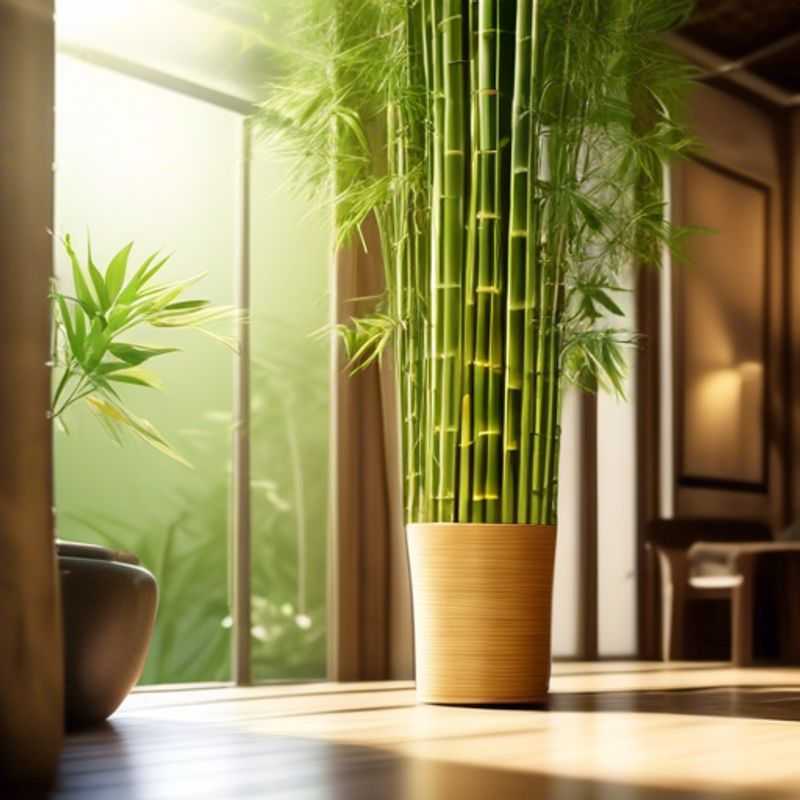
Keep Your Plants Happy: The Right Way to Water
Watering your plants regularly is crucial for their health and growth. The key is to keep the soil moist but avoid overwatering, which can lead to root rot. To strike the right balance, follow these tips:
Check the soil moisture: Before watering, feel the soil with your finger. If it feels dry an inch or two below the surface, it's time to water.
Water thoroughly: When you water, do so until water drains out of the drainage holes at the bottom of the pot. This ensures that the entire root system is moistened.
Allow the soil to dry slightly: Between watering sessions, let the top inch of soil dry out a bit. This helps prevent waterlogging and root rot.
Adjust watering frequency based on plant needs: Different plants have varying water requirements. Research your specific plants to understand their individual needs.
Consider the environment: Factors like temperature, humidity, and sunlight can influence how quickly the soil dries out. Adjust your watering schedule accordingly.
Don't overwater! Overwatering is a common mistake that can be detrimental to your plants. Waterlogged soil suffocates roots and can lead to root rot.
By following these tips, you can provide your plants with the optimal amount of water for healthy growth. Remember, it's always better to err on the side of underwatering than overwatering.
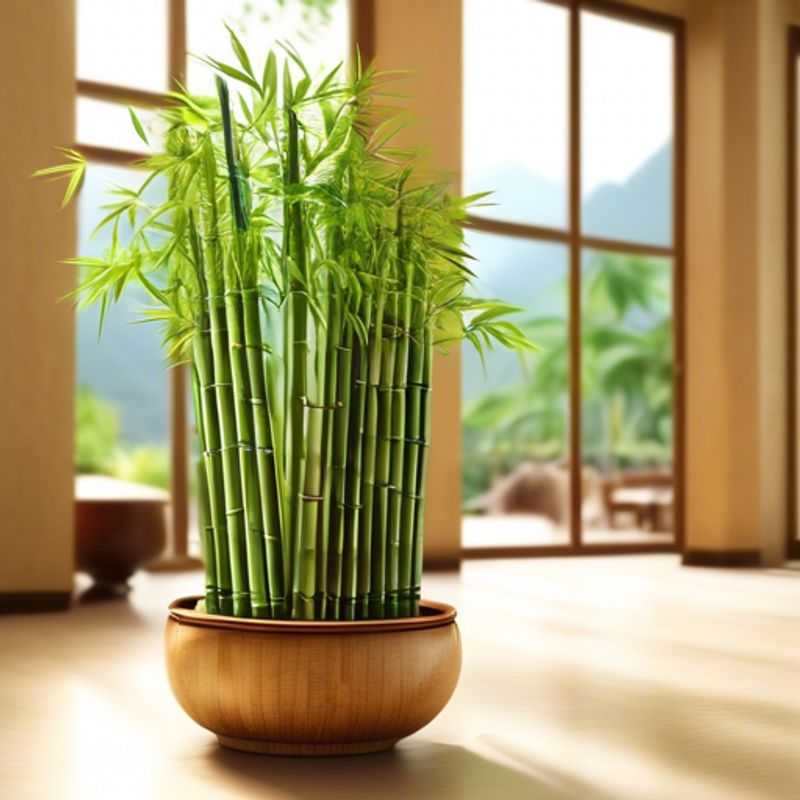
Boost Your Bamboo's Growth: A Guide to Fertilizing
Bamboo is a fast-growing plant that can benefit from fertilization during the growing season. Fertilizing every 2-3 months can help to promote healthy growth and a vibrant appearance.
Choosing the Right Fertilizer: When choosing a fertilizer, it's important to select one that's specifically designed for bamboo. Look for a balanced fertilizer with a ratio of nitrogen, phosphorus, and potassium (NPK).
Application: You can apply fertilizer by sprinkling it around the base of the bamboo clump, making sure it's evenly distributed. Water the area thoroughly after application to help the fertilizer penetrate the soil.
Important Note: Over-fertilizing can be detrimental to your bamboo. Follow the fertilizer's instructions carefully and adjust the application frequency based on the bamboo's growth rate and your local climate.
Additional Tips: You can also supplement your fertilizer application with organic materials like compost or aged manure. These materials provide additional nutrients and improve soil structure, which can benefit bamboo growth.

Pruning for Perfection: Shaping and Controlling Your Plants
Pruning is a crucial technique for maintaining the shape and controlling the growth of plants. It involves selectively removing specific parts of the plant, such as branches, stems, or leaves, to achieve desired outcomes. Regular pruning helps promote healthier growth, improve flowering and fruiting, and enhance the overall aesthetic appeal of plants.
The timing of pruning varies depending on the type of plant and the desired outcome. For example, pruning deciduous trees during their dormant season (winter) is generally recommended, while flowering shrubs are often pruned after they have finished blooming.
There are several different pruning methods, each with its own purpose. Heading back involves cutting back branches to a bud, while thinning involves removing entire branches at their base. Pruning cuts should be made at an angle, just above a bud or branch collar, to minimize damage to the plant.
Pruning tools, such as hand pruners, loppers, and saws, are essential for achieving clean and precise cuts. It's crucial to keep these tools sharp and sanitized to prevent the spread of diseases.
While pruning can be beneficial, it's important to exercise caution and avoid excessive pruning, which can stress the plant. Always consult reliable resources or a horticultural professional for specific pruning guidelines for your plants.
In addition to maintaining plant shape and controlling growth, pruning can also play a role in pest and disease management. Removing infected or damaged branches can prevent the spread of problems and promote overall plant health.
Regular pruning is an essential part of plant care, contributing to healthy, vigorous growth and aesthetically pleasing plants. By understanding the principles of pruning and applying the appropriate techniques, you can effectively manage your plants and enjoy their beauty for years to come.
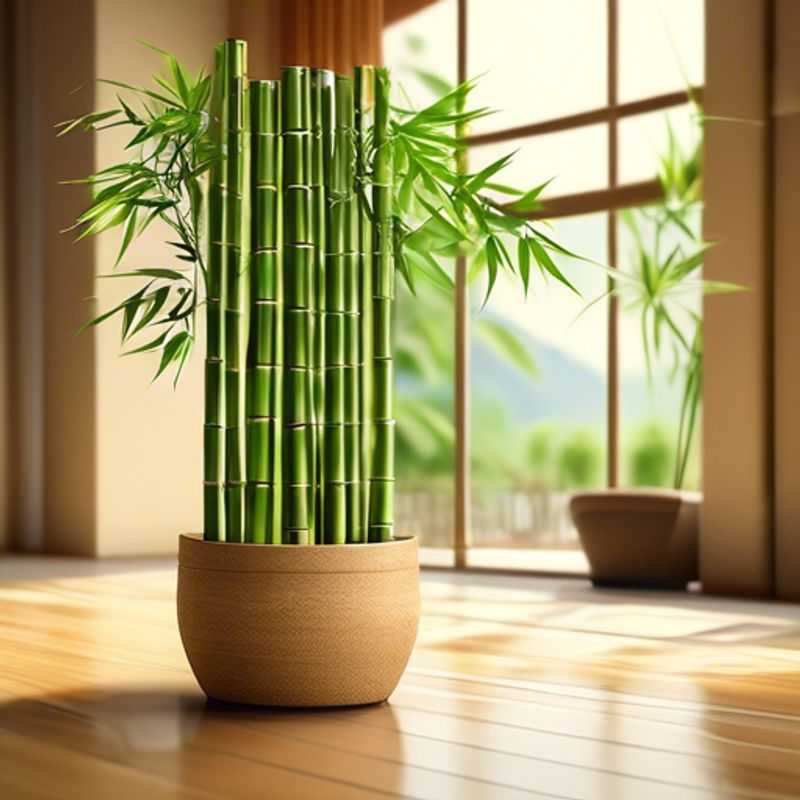
Pest and Disease Patrol: Keeping Your Garden Healthy and Thriving
Regular monitoring of your plants for pests and diseases is crucial to ensure their health and productivity. Early detection is key to effective control, preventing the spread of infestations and minimizing damage. Here's how to make it a part of your routine:
Visual Inspection: Make it a habit to visually inspect your plants regularly, looking for any signs of pests like insects, mites, or snails. Check for discoloration, wilting, or unusual spots on leaves.
Physical Check: Gently touch the leaves and stems to feel for any unusual bumps, sticky residue, or webbing.
Pest Traps: Use sticky traps or pheromone traps to monitor for specific pests. These traps help you identify the pest species present and assess the severity of the infestation.
Environmental Monitoring: Keep an eye on weather conditions, as humidity and temperature can play a role in pest activity.
Prompt Action: If you detect any signs of pests or diseases, act immediately. Isolate the affected plants to prevent spreading.
Consider Professional Help: If you're unsure about the best course of action or the infestation is severe, seek advice from a qualified horticulturalist or pest control professional.
Important Note: When choosing pest control methods, prioritize environmentally friendly options whenever possible.
